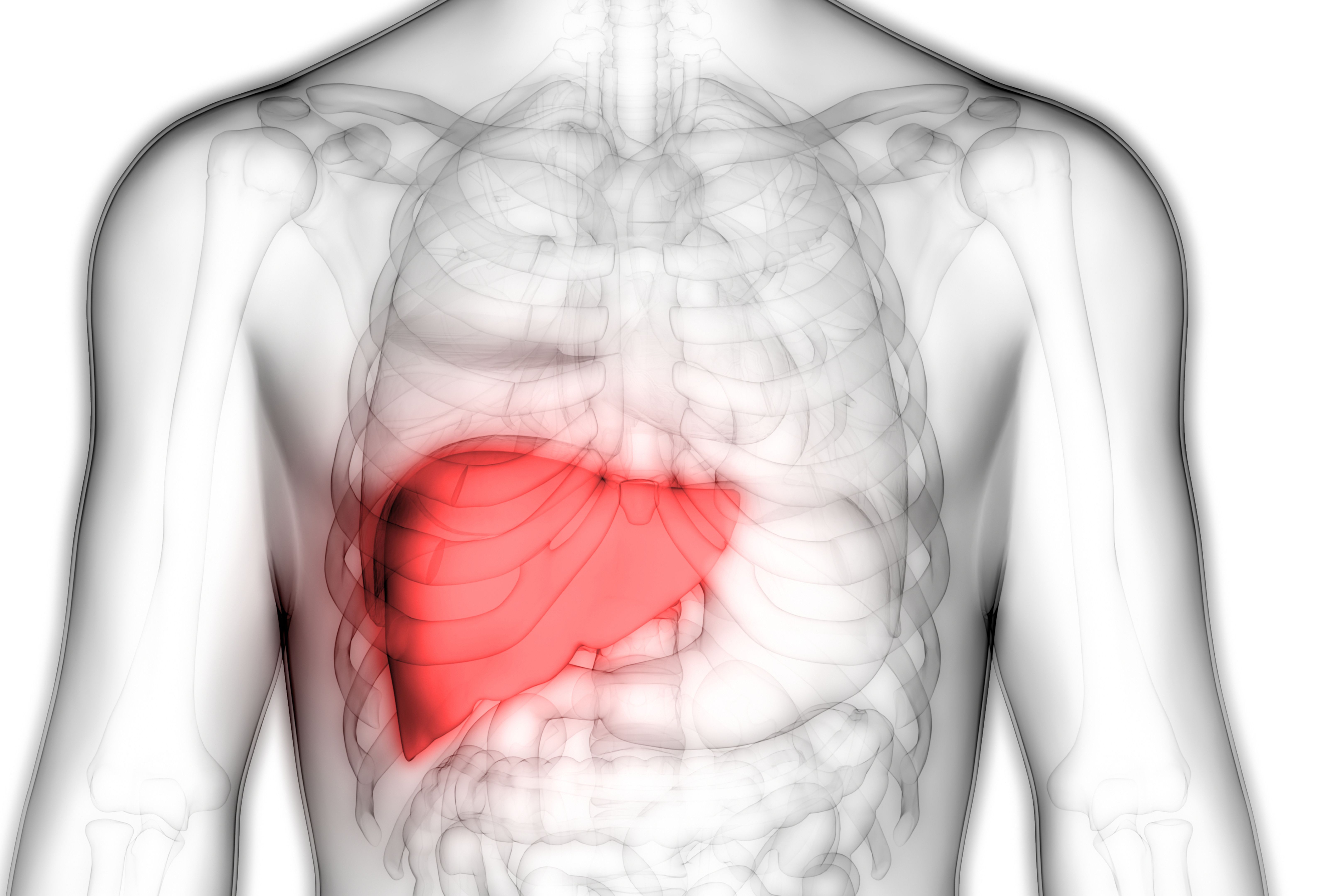
(Vienna, 30 November 2020) Patients with liver cirrhosis display a wide range of clinical symptoms. A prospective study conducted by MedUni Vienna has now shown that blood levels of biomarkers for systemic inflammation increase over the various stages of the disease and can predict the development of complications, even in previously asymptomatic patients.
Every year, liver cirrhosis is responsible for approximately 170,000 deaths in Europe and recent epidemiological data show Austria to be in second place in regard to prevalence of cirrhosis in Europe. Excessive alcohol consumption, poor dietary habits, and metabolic comorbidities are the most common causes of cirrhosis in the Western world.
Liver cirrhosis is characterized by chronic liver damage, which leads to fibrosis and loss of functioning liver tissue. These changes to the liver tissue result in increased resistance to the blood flow to the liver via the portal vein and cause so-called ‘portal hypertension’. In addition, experimental studies have shown that the intestinal barrier is weakened in cirrhosis, so that pathogenic germs and bacterial products can pass into the bloodstream and cause a chronic inflammatory response in the body, in other words ‘systemic inflammation’. All these factors drive the progression of the liver disease, which can manifest clinically as the transition from asymptomatic (compensated) to symptomatic (decompensated) cirrhosis. This goes hand-in-hand with an increased risk for death.
MedUni Vienna's Hepatic Hemodynamic Laboratory as an international showcase model
In the recent MedUni Vienna study, portal vein pressure measurements were performed in nearly 170 patients, while simultaneously taking a blood sample to determine biomarkers for systemic inflammation. "Portal pressure measurement via hepatic vein catheterisation is currently the gold standard for assessing the severity of portal hypertension," explains Thomas Reiberger, Head of the outpatient clinic for liver cirrhosis and the Vienna Hepatic Hemodynamic Laboratory at University Hospital Vienna. "At MedUni Vienna, we have established one of the largest hepatic hemodynamic laboratories in the world and are therefore able to offer this valuable prognostic test at our centre at the University Hospital Vienna, in order to optimise the treatment of our patients with cirrhosis." The international standing of the Vienna Hepatic Hemodynamic Laboratory is also evidenced by regular shadowing placements, such as that of Dalila Costa from Portugal, who shares lead authorship of the study with Benedikt Simbrunner from the Division of Gastroenterology and Hepatology of MedUni Vienna and Vienna General Hospital.
Inflammation as a significant disease mechanism and prognostic factor
New findings produced by the study show that the severity of portal hypertension increases predominantly in patients with asymptomatic (compensated) cirrhosis, while biomarkers for systemic inflammation increase predominantly in more advanced (decompensated) stages of the disease. Interleukin-6, a biomarker for inflammation, can predict the risk of complications and mortality both in compensated and decompensated cirrhosis. "These data underline the significance of systemic inflammation for the course of cirrhosis. The mechanisms underlying the inflammatory signals and potential interactions of the gut and the liver need to be further elucidated in humans", observes Simbrunner. The study has been published in the Journal of Hepatology (Impact factor 2019: 20,582), the number one journal in the field of gastroenterology and hepatology.
Service: Journal of Hepatology
"Systemic inflammation increases across distinct stages of advanced chronic liver disease and correlates with decompensation and mortality". Costa D, Simbrunner B, Jachs M, Hartl L, Bauer D, Paternostro R, Schwabl P, Scheiner B, Stättermayer AF, Pinter M, Trauner M, Mandorfer M, Reiberger T.
https://www.sciencedirect.com/science/article/pii/S0168827820336849
https://doi.org/10.1016/j.jhep.2020.10.004